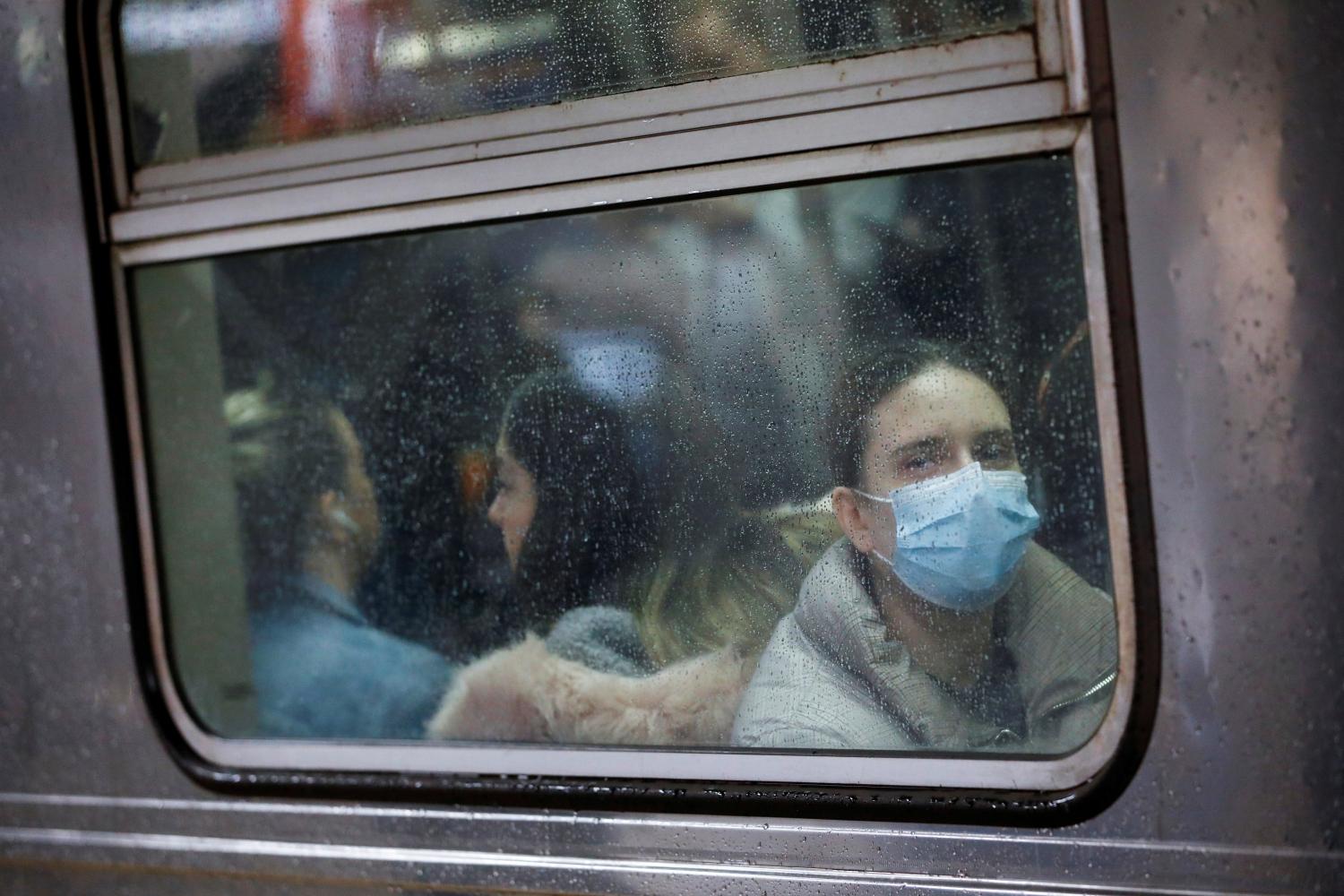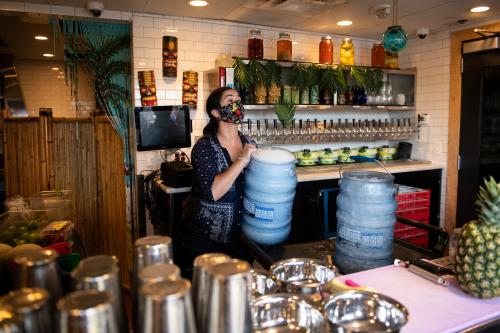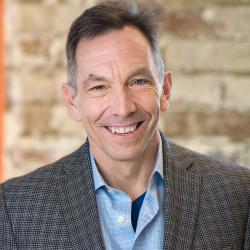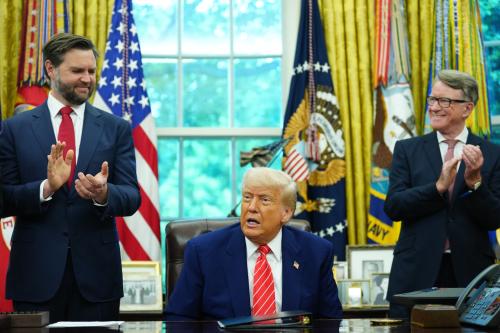This analysis is part of the American Rescue Plan: Strategies for Local Leaders series, a feature of the COVID-19 Metro Recovery Watch.
Among the $1.9 trillion worth of federal COVID-19 relief in the newly signed American Rescue Plan Act is $350 billion for “Coronavirus State and Local Fiscal Recovery Funds.” At roughly one-fifth of the bill’s total cost, these funds will be deployed to state and local governments in two tranches (the first within 60 days and the second a year after that initial allotment) to mitigate the fiscal impact of the COVID-19 pandemic.
For many cities and counties, the American Rescue Plan’s (ARP) state and local funds are not just a $350 billion lifeline; they represent the largest positive fiscal jolt to their budgets in decades. Now, a scramble is underway to determine how best to deploy the money. The decisions made in the coming weeks— and over the next year regarding the second tranche of funding—will determine whether cities merely enjoy a brief stimulus or seed a new trajectory of inclusive economic growth.
The stakes are high. The money needs to move fast and be deployed smartly and equitably. In 10 years, we may look back at this time and ask: Which places merely spent their money, and which places invested it?
Based on our on-the-ground work in Northeast Ohio and Birmingham, Ala., we believe that elected officials—and the networks of civic, business, philanthropic, and community stakeholders that surround them—should take a three-pronged approach to using their ARP funding: stabilize, strategize, and organize.
Stabilize. ARP provides state and local governments with the resources to stabilize their operating budgets. Many governments incurred large deficits in 2020, as the economic slowdown hurt tax revenues and local governments assumed significant pandemic-related costs. To remedy this imbalance, many cities pared back essential services: First responders, sanitation workers, planning personnel, and other government employees faced hours reductions and furloughs. Other governments cut back on contracts with agencies delivering vital social services.
Local government shortfalls will vary considerably across the United States, owing to the disparate economic impact of COVID-19 and how cities collect revenues. Birmingham, for example, depends heavily on sales tax and income tax revenue, and experienced a shortfall of $63 million in fiscal year 2021. Much of the first half of the city’s expected $149 million ARP allocation will fill that hole.
Not every government is in a similar fiscal position. In Northeast Ohio, the city of Lorain ran a small surplus in 2020 and has a $29 million budget for 2021. Lorain’s estimated ARP allocation is $31 million. In other Northeast Ohio cities, ARP allocations run anywhere from 24% to 65% of 2021 budgets. And even though the money will come over two years, that is a lot of help.
Strategize. In addition to direct government services, ARP allows cities to invest in infrastructure and launch programs to support workers and small businesses. Those investments can be spent directly by public entities or funneled through nonprofits. The funding’s magnitude and flexibility suggest that local governments should be strategic in deploying any ARP funds that extend beyond basic budget stabilization. In making investments, local leaders should consider four factors:
- Immediacy. People and businesses are hurting. Businesses need capital to reopen doors, and people need outreach and skills development to match them to available jobs. While it is important to consider an investment’s impact beyond the immediate term, providing such immediate help is a necessary baseline for a longer-term recovery.
- Inclusivity. An important lesson from last year’s CARES Act is that moving resources very quickly through existing systems can exacerbate economic and racial inequality. Many minority-owned microbusinesses did not access loans through the federal government’s Paycheck Protection Program due to lack of awareness, lack of connectivity, and outright discrimination. Acknowledging this inequality, ARP provides funding for “Community Navigators” to ensure equitable access to capital and technical assistance. This approach can work, but requires organizational coalitions that have legitimacy and reach in a diverse range of communities. In Cleveland, the coalition approach resulted in the local Urban League’s small but successful loan support program qualifying for federal funding as a revolving loan fund. In Summit County, the largest county in Ohio’s Akron region, the Greater Akron Chamber of Commerce’s vice president of opportunity and inclusion—a local leader with strong ties to the Black community—was critical in disbursing $13 million in CARES Act small business funding to 3,000 businesses, including 94% of eligible Black-owned businesses.
- Future prosperity. Localities will receive two ARP disbursements over a year, but they have until the end of 2024 to spend all the funds. Local leaders thus have a chance to invest in future growth and prosperity, the impacts of which will extend beyond near-term expenditure needs. One future-oriented effort is emerging in Birmingham, where the University of Alabama at Birmingham (UAB), local workforce training organizations, public health officials, and health care employers will train and employ community health care workers to enable vaccine access. Under the plan, program participants would be paid to work at community health clinics and conduct community outreach for 20 hours per week. For the other half of the week, they would be paid to take training in one of three health-related occupational pathways that set them up for a post-pandemic career. Another example is the “R7” pandemic response plan from MAGNET, the Manufacturing Extension Partnership in Northeast Ohio, which used CARES Act resources to help local manufacturers “restart” safely, “relaunch” using Industry 4.0 technologies, “refocus” on new products and markets, “reconnect” in new ways through the supply chain, “reskill” workers, “reshore” production from overseas, and “resecure” operations through cybersecurity transformation. Both the R7 plan and the health workforce “earn-and-learn” model can immediately help businesses and workers while also influencing their long-term productive potential.
- Complementarity. Ideally, ARP investments can boost strategies already in progress. For several years, multiple players in Cleveland have been collaborating to ensure positive economic spillovers from the Opportunity Corridor, a $350 million road project through one of the most economically distressed neighborhoods in the country. The city, foundations, the regional chamber, and others have worked with the local community development corporation (CDC) to purchase and remediate land in the hopes of bringing mid-skilled, family-sustaining jobs back to this promising part of the city. The CDC has a vision of creating a food tech hub that harnesses the region’s many food-related assets into a business accelerator with shared production and storage infrastructure, a startup fund to support diverse entrepreneurs, and a workforce development center to prepare people to attain and advance in a career. Parts of ARP run through the Economic Development Administration (EDA) and the Department of Agriculture have programs that could support such initiatives; the city and county should consider how its allocation could be used to complement this work.
Last summer, Brookings Metro released a compendium that provides local leaders in government, business, nonprofits, and higher education—as well as their state partners—a recovery framework and a set of nine concrete ideas for rebuilding better, as well as more than a dozen case studies of leading local and state investments in economic recovery.
Organize. While ARP money flows through cities and counties, the most effective public officials know that deploying it will require a team. Drawing on a proposal from our colleagues Mary Jean Ryan and Alan Berube, “Regional Recovery Coordinating Councils” can execute strategic investments and monitor impact. These councils should be public/private partnerships that include small businesses, neighborhood leaders, social service agencies, philanthropic leaders, and corporate heads. They would be tasked with aggregating and supplementing existing recovery plans, setting goals, recommending investments, and tracking results.
These councils can also play a role far beyond ARP’s local government allocations. They can identify and pursue relevant opportunities in the many other parts of the $1.9 trillion legislation, such as for education, transit, small businesses (especially restaurants), and affordable housing. Councils can also coordinate responses to potentially large future federal legislation around infrastructure and innovation, and determine what complementary actions may act as force multipliers.
Furthermore, a council can serve as a unified voice to liaise with implementing agencies. For example, during the CARES Act, a consortium of Cleveland-based institutions came together to share a curated list of priorities with the regional EDA office around the Economic Adjustment Assistance program. The model worked well for both parties and continues to this day. Similarly, ARP funding is a major strategic focus of a new collaborative called Prosper Birmingham, which is developing a regional investment agenda under the leadership of community leaders, city and county elected officials, corporate CEOs, philanthropic and university presidents, and entrepreneurs and small business owners.
An opportunity to act
Before the passage of the American Rescue Plan, it was not clear whether cities and counties would receive the financial resources they needed to rebuild from the pandemic and recession. Now that funding is secure, it’s time to act. Local coalitions can stabilize their communities, strategize together to invest in future prosperity, and organize themselves to enable an inclusive recovery from COVID-19.
The Brookings Institution is committed to quality, independence, and impact.
We are supported by a diverse array of funders. In line with our values and policies, each Brookings publication represents the sole views of its author(s).









Commentary
How should local leaders use their American Rescue Plan funding?
March 23, 2021